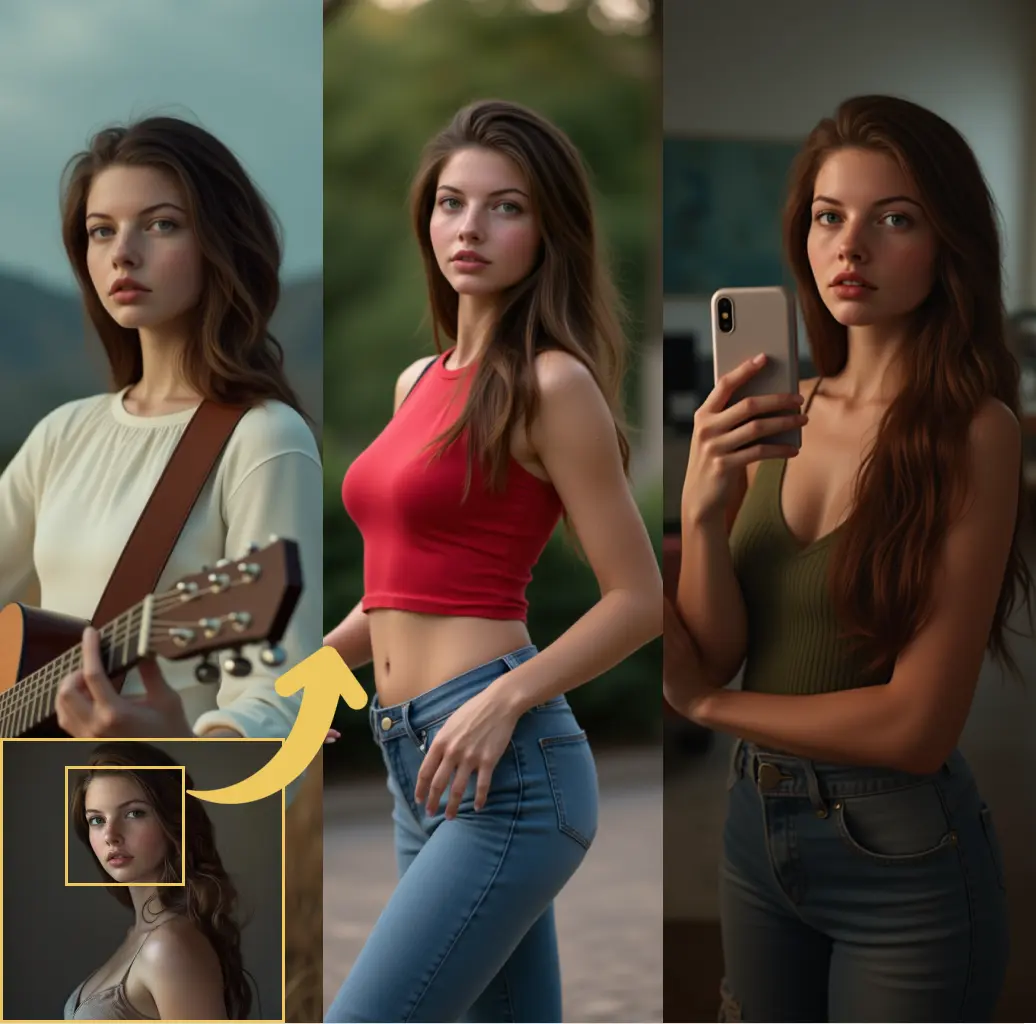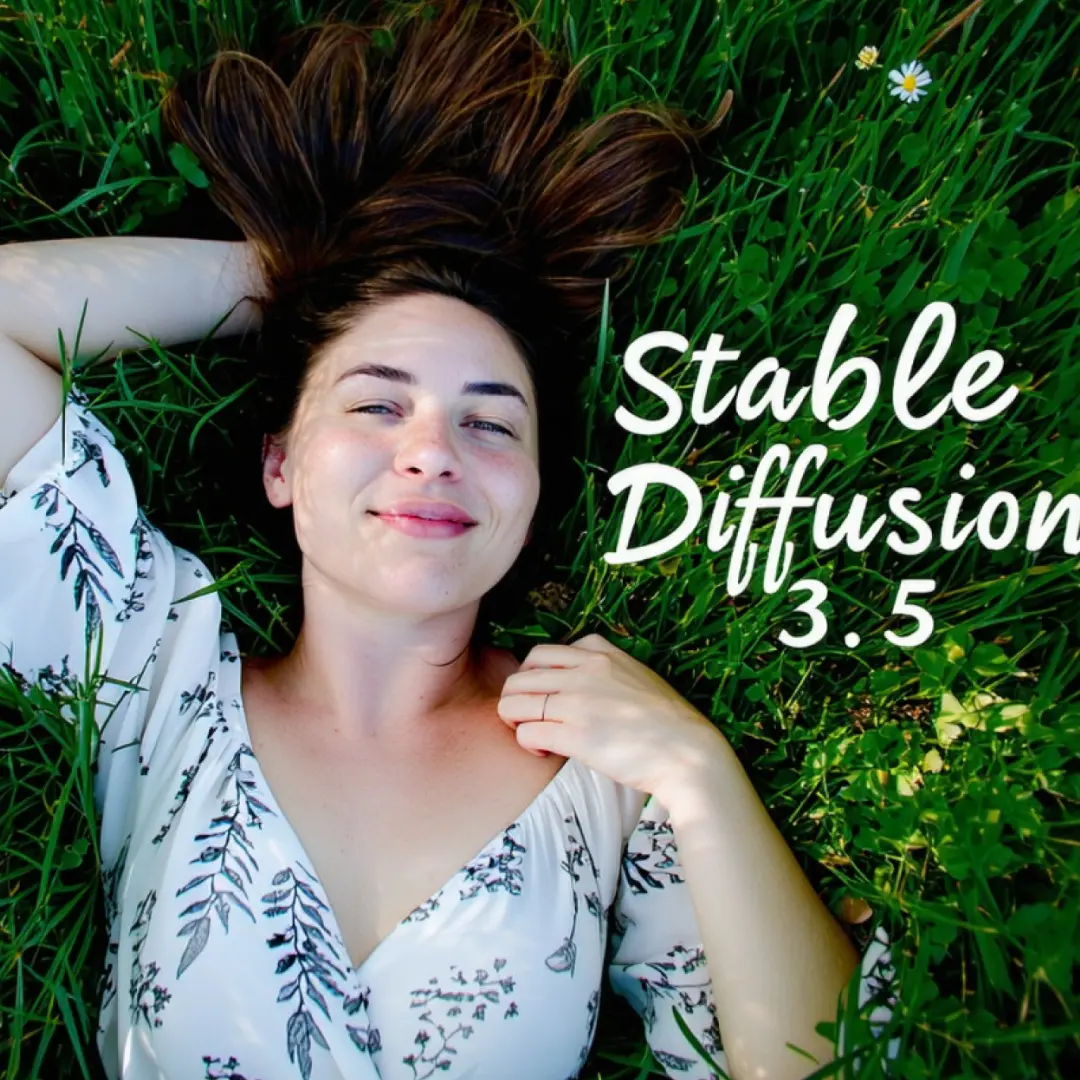ComfyUI Node: VAE Encode (Tiled)
VAEEncodeTiled
Category_for_testing
ComfyAnonymous (Account age: 833days)Extension
ComfyUILatest Updated
2025-04-05Github Stars
73.39K
How to Install ComfyUI
Install this extension via the ComfyUI Manager by searching for ComfyUI- 1. Click the Manager button in the main menu
- 2. Select Custom Nodes Manager button
- 3. Enter ComfyUI in the search bar
Visit ComfyUI Online for ready-to-use ComfyUI environment
- Free trial available
- 16GB VRAM to 80GB VRAM GPU machines
- 400+ preloaded models/nodes
- Freedom to upload custom models/nodes
- 200+ ready-to-run workflows
- 100% private workspace with up to 200GB storage
- Dedicated Support
VAE Encode (Tiled) Description
Encode images into latent representations using tiled VAE for efficient memory usage and high-resolution encoding.
VAE Encode (Tiled):
The VAEEncodeTiled node is designed to encode images into latent representations using a Variational Autoencoder (VAE) in a tiled manner. This approach is particularly useful for handling large images that may not fit into memory when processed as a whole. By dividing the image into smaller tiles, the node ensures efficient memory usage and allows for the encoding of high-resolution images. This method is beneficial for AI artists who work with large-scale images and need to convert them into latent space for further manipulation or generation tasks. The primary goal of this node is to provide a seamless and efficient way to encode large images without running into memory limitations.
VAE Encode (Tiled) Input Parameters:
pixels
The pixels parameter represents the input image that you want to encode. This should be provided in the form of an image tensor. The node will process this image and convert it into a latent representation. The image should be in RGB format, and the node will handle the tiling internally.
vae
The vae parameter is the Variational Autoencoder model that will be used for encoding the image. This model is responsible for converting the image into its latent representation. Ensure that the VAE model is properly trained and compatible with the input image dimensions.
tile_size
The tile_size parameter determines the size of the tiles into which the image will be divided for encoding. This integer value can range from 320 to 4096, with a default value of 512. Adjusting the tile size can impact the memory usage and the quality of the encoded representation. Smaller tile sizes may reduce memory usage but could potentially affect the continuity of the encoded image.
VAE Encode (Tiled) Output Parameters:
LATENT
The LATENT output is the encoded latent representation of the input image. This output is a dictionary containing the key samples, which holds the latent tensor. This latent representation can be used for various downstream tasks such as image generation, manipulation, or further processing within the latent space.
VAE Encode (Tiled) Usage Tips:
- To optimize performance, choose a
tile_sizethat balances memory usage and encoding quality. For very large images, smaller tile sizes may be necessary to avoid memory issues. - Ensure that the VAE model provided is well-trained and compatible with the input image dimensions to achieve the best encoding results.
- Use the encoded latent representation for tasks such as image generation or manipulation within the latent space to leverage the benefits of working with compressed data.
VAE Encode (Tiled) Common Errors and Solutions:
"Out of memory error"
- Explanation: This error occurs when the node tries to process an image that is too large to fit into the available memory, even with tiling.
- Solution: Reduce the
tile_sizeparameter to create smaller tiles, which will decrease memory usage. Alternatively, ensure that your system has sufficient memory available for the operation.
"Invalid VAE model"
- Explanation: This error indicates that the provided VAE model is not compatible with the input image or is not properly trained.
- Solution: Verify that the VAE model is correctly trained and compatible with the input image dimensions. Ensure that the model is loaded correctly and is in the expected format.
"Invalid image format"
- Explanation: This error occurs when the input image is not in the expected RGB format.
- Solution: Ensure that the input image is provided in the correct RGB format. Convert the image to RGB if it is in a different format before passing it to the node.
VAE Encode (Tiled) Related Nodes
RunComfy is the premier ComfyUI platform, offering ComfyUI online environment and services, along with ComfyUI workflows featuring stunning visuals. RunComfy also provides AI Playground, enabling artists to harness the latest AI tools to create incredible art.




